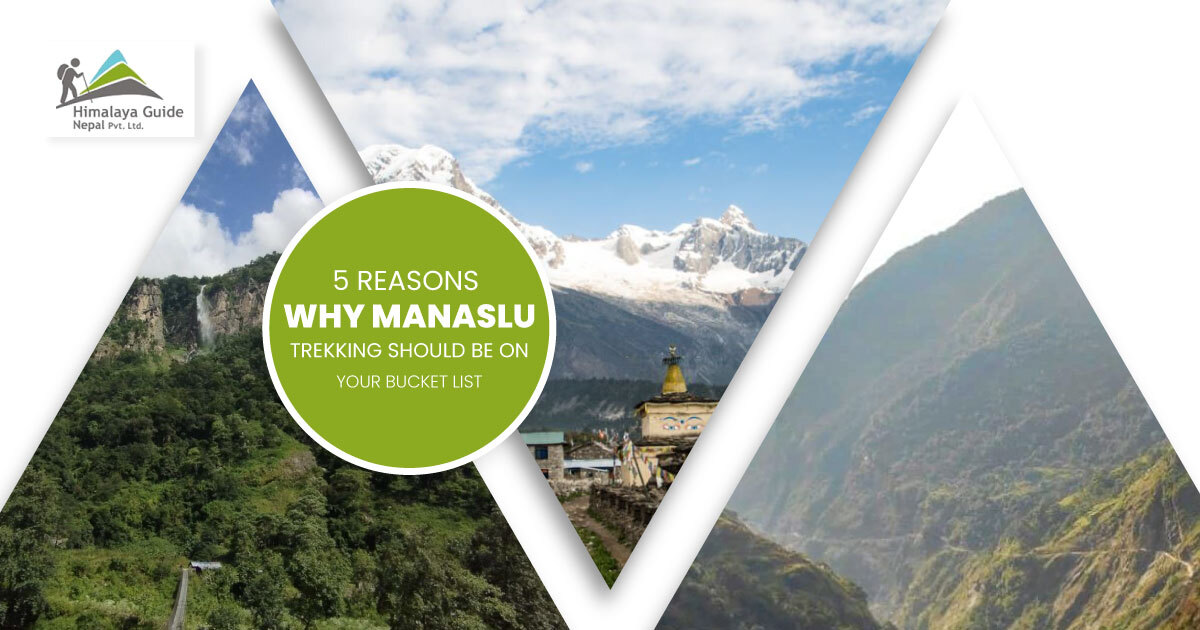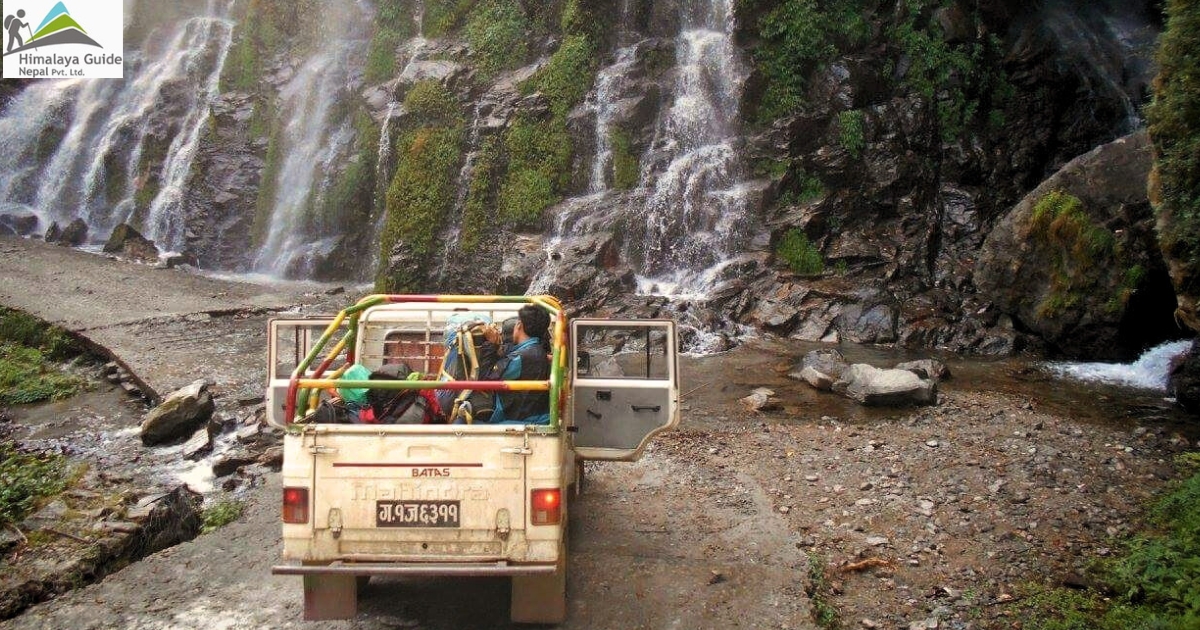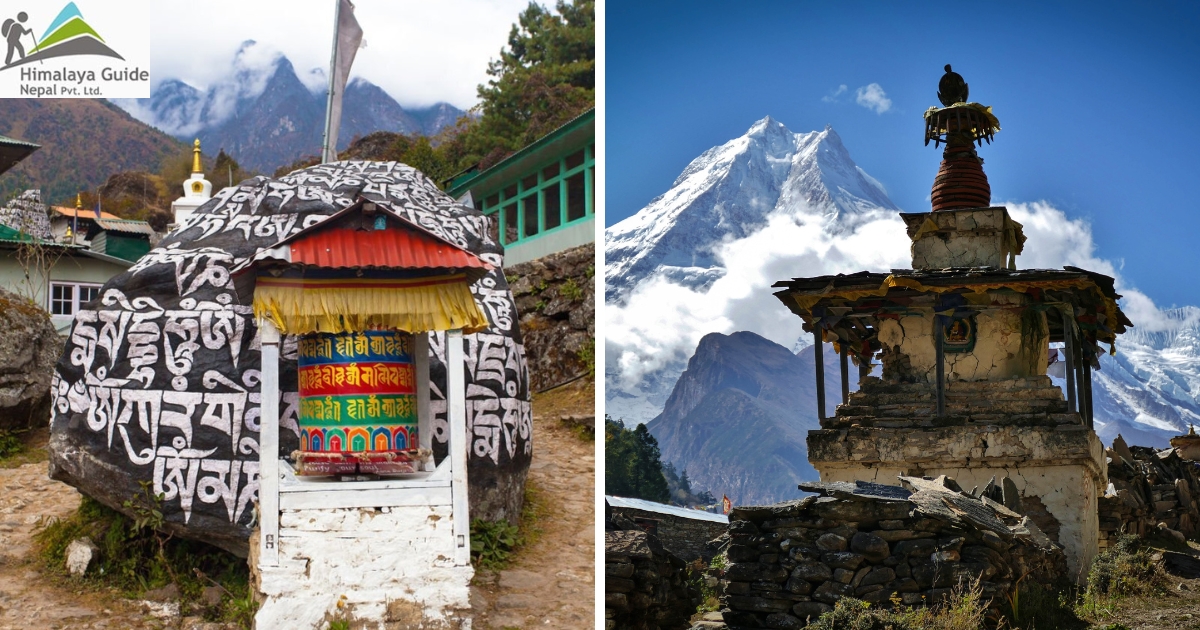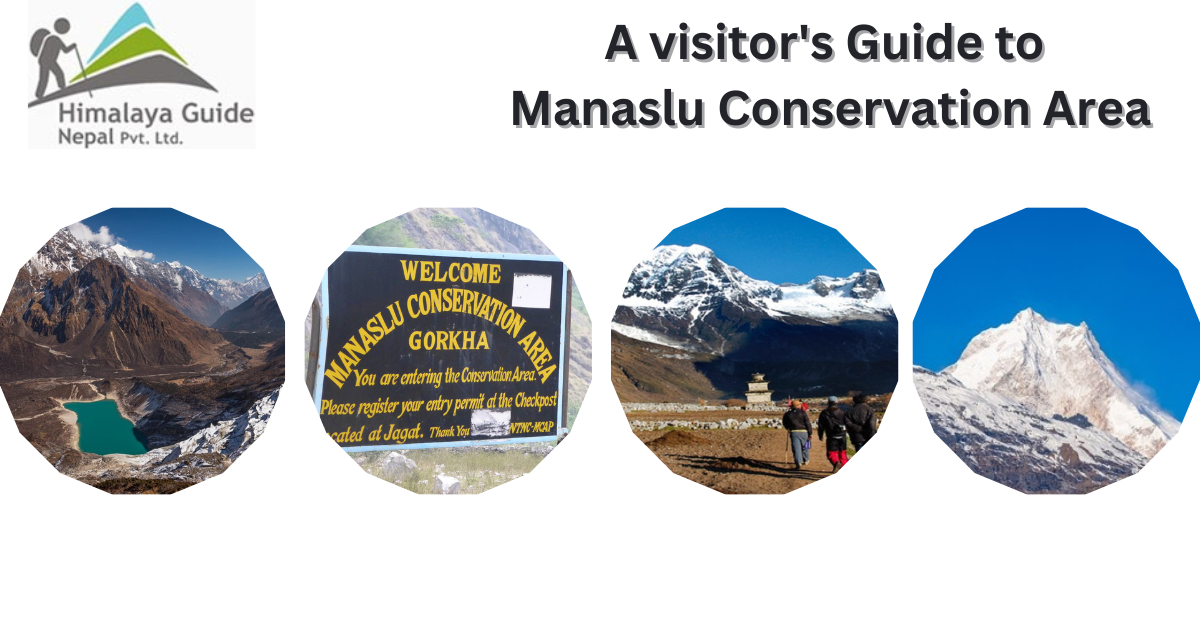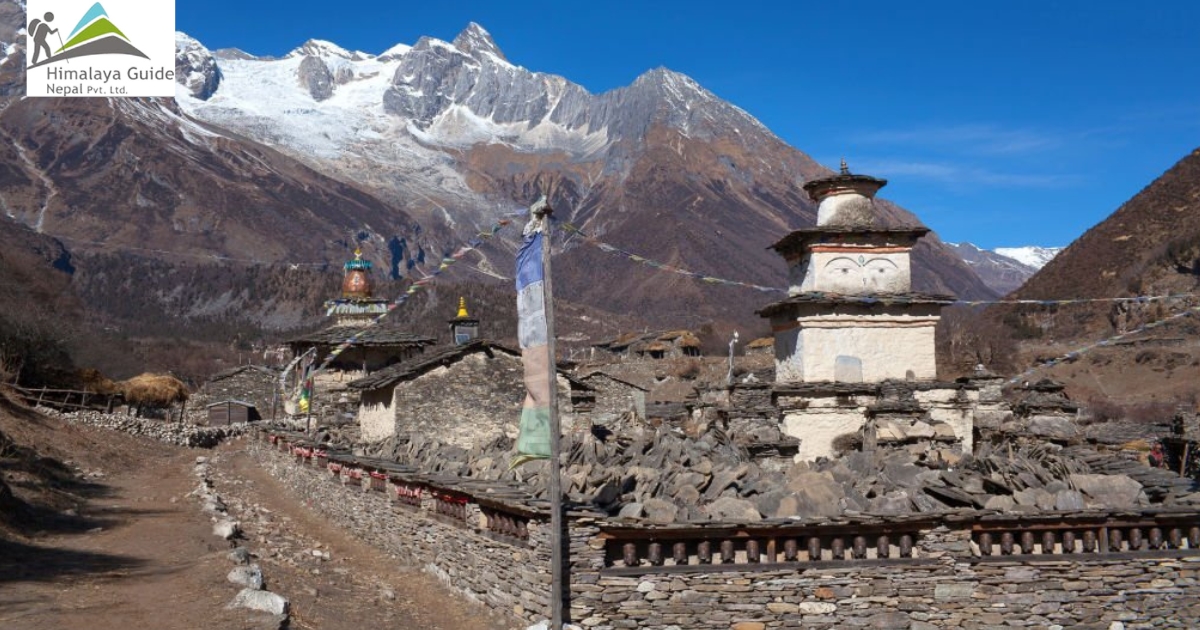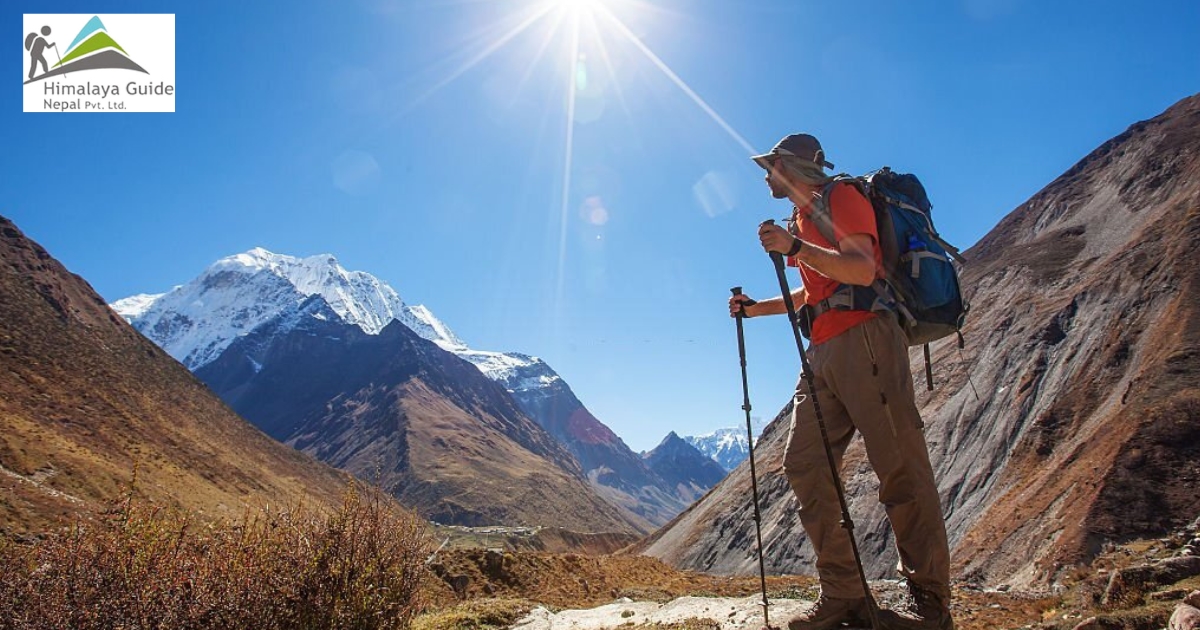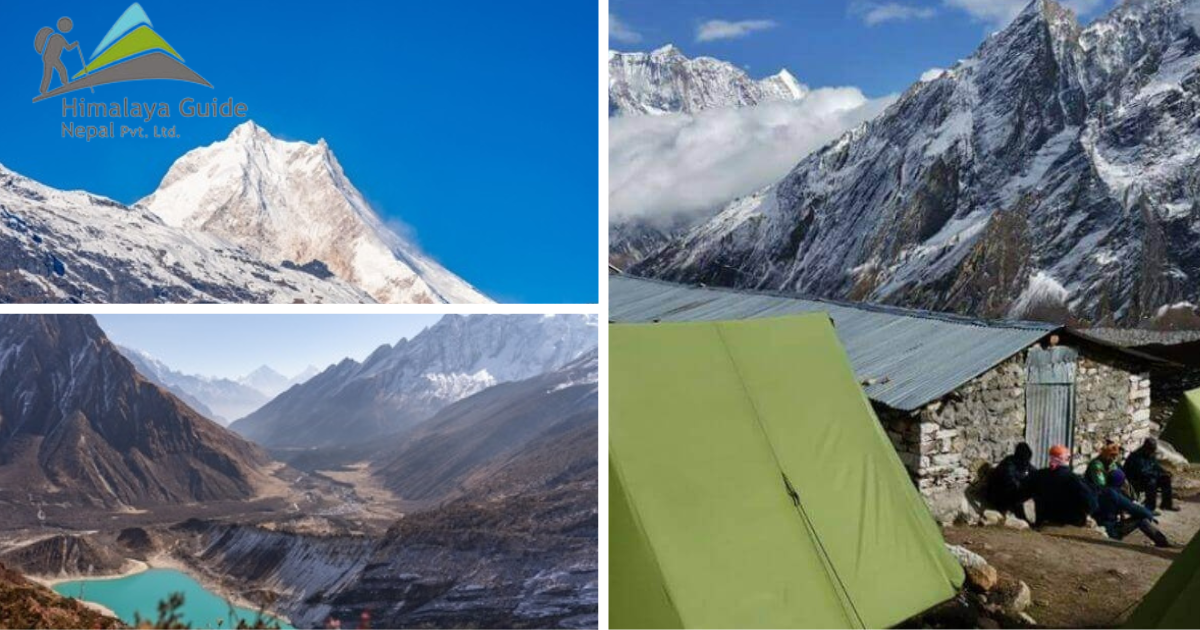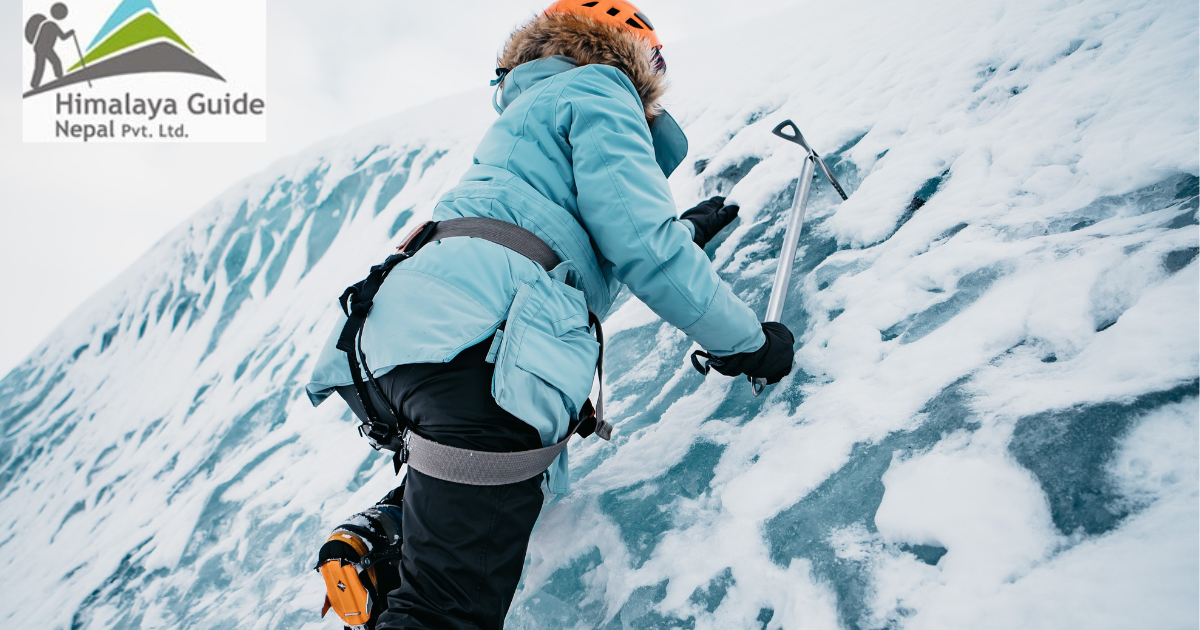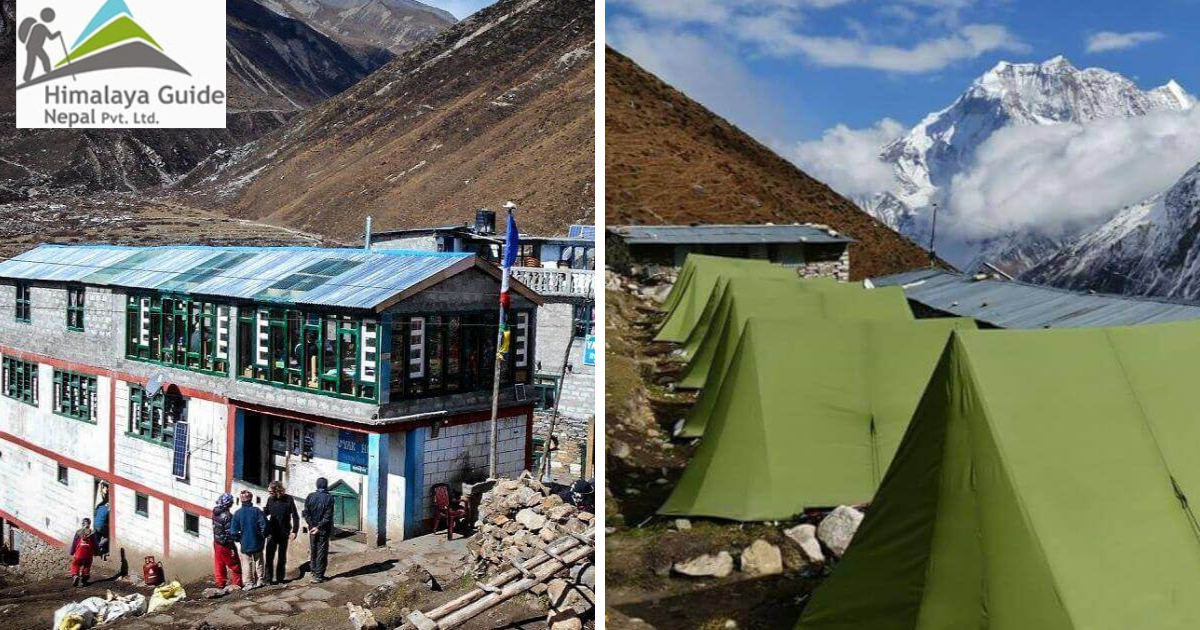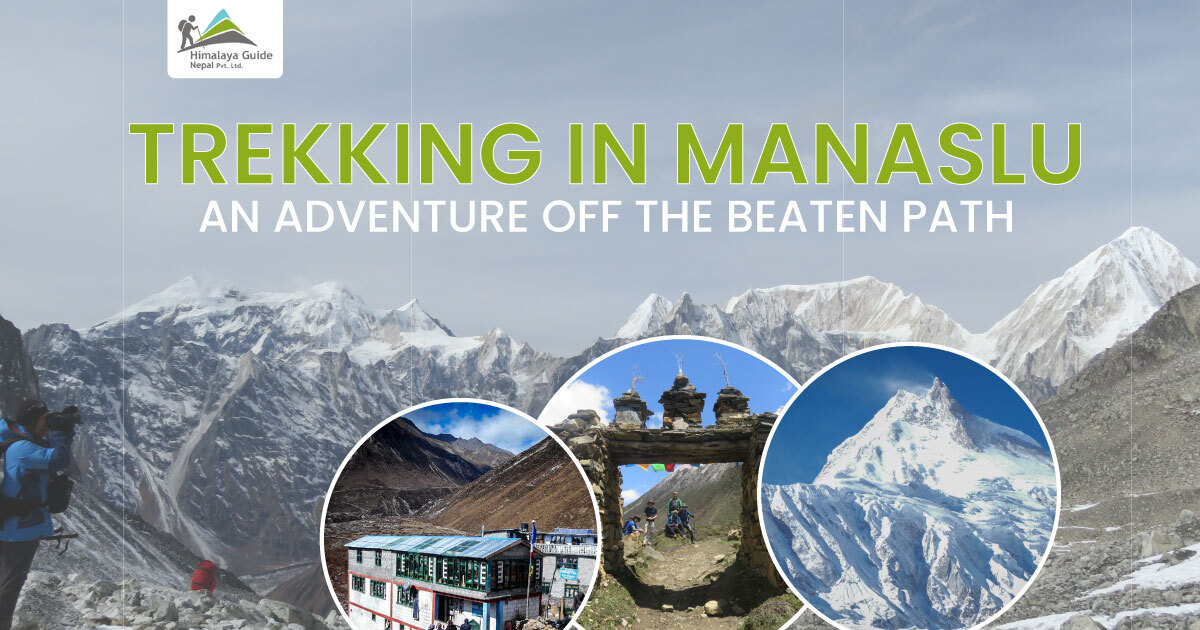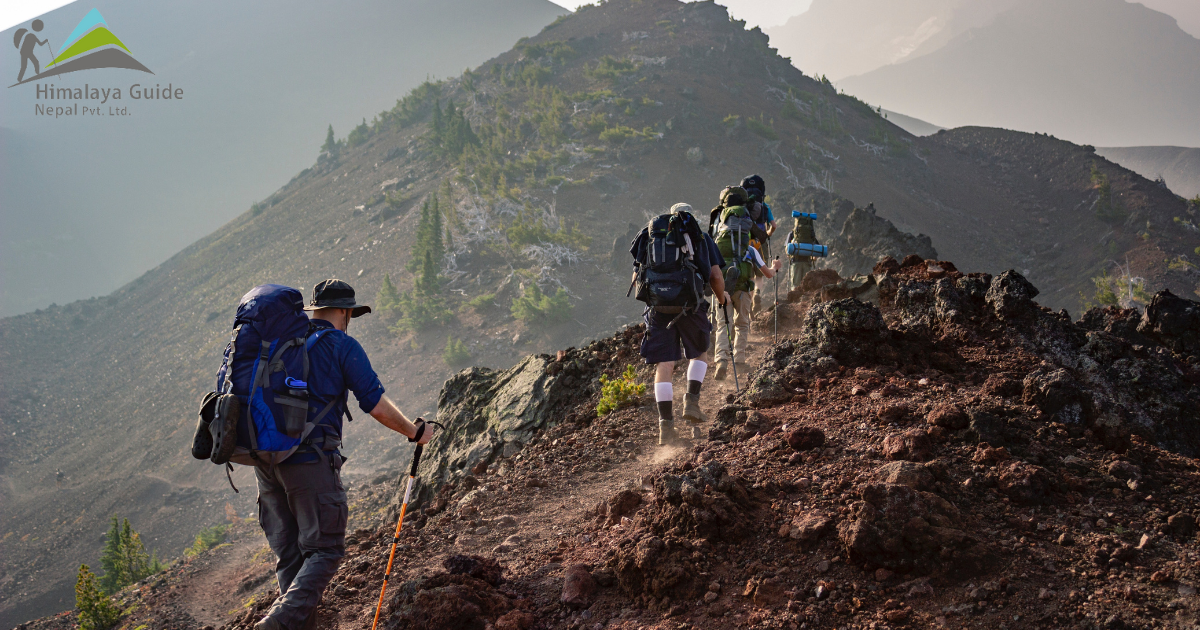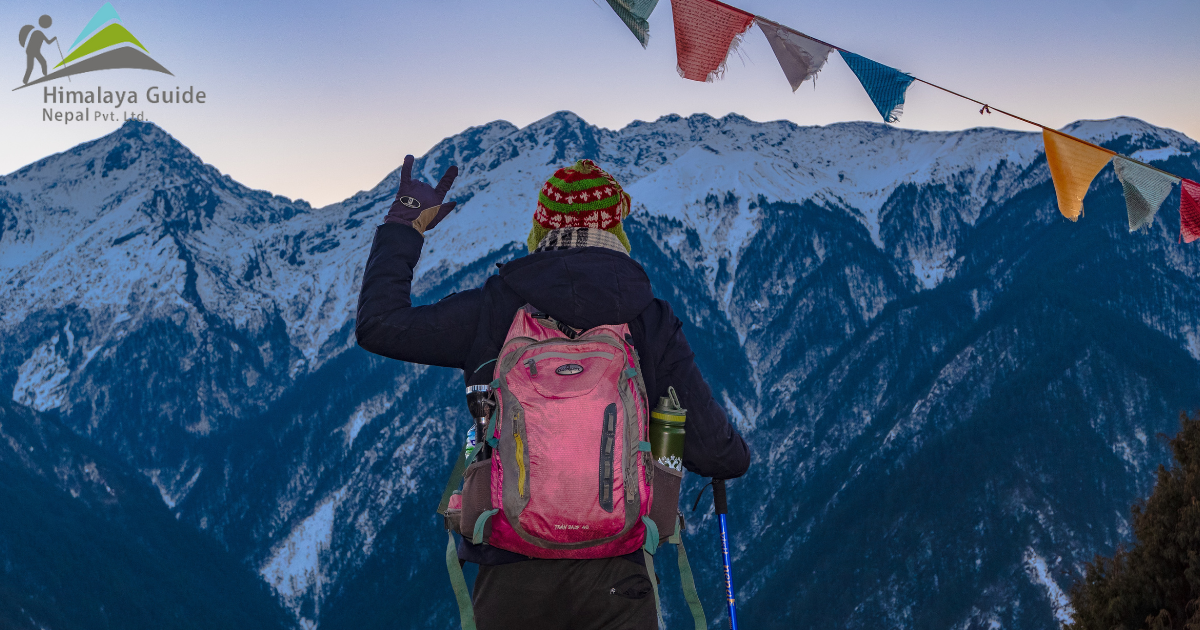The Manaslu Tsum Valley Trek stands as an underappreciated gem among Nepal’s treks, encompassing a splendid fusion of adventure, natural wonders, and cultural exploration. It captivates global trekkers with its distinct tapestry of breathtaking landscapes and immersive encounters with local customs.
Nestled within the Nepalese Himalayas, the Manaslu Tsum Valley Trek beckons with its promise of awe-inspiring vistas, serene villages, and a glimpse into the remote lifestyle of the inhabitants. Renowned as a coveted destination, this trek harmoniously weaves together ethnic cultures and exhilarating challenges. Situated in the western region of the country, it offers a less-crowded alternative to the more popular routes of Annapurna and Everest.
However, it is important to approach this trek with realistic expectations, as some adventurers may find their lofty hopes not entirely aligned with the trek’s reality. This article will explore the expectations vs. reality of the Manaslu Tsum Valley Trek.
Manaslu Tsum Valley Trek Overview
The Manaslu Tsum Valley Trek is a popular alternative trek to the Annapurna Circuit and Everest Base Camp treks in the Nepalese Himalayas. Many trekkers opt for Manaslu Tsum Valley Trek because it offers off-the-beaten-path trekking, diverse landscape, and an opportunity to explore the local culture. The trek is relatively new, having been opened in 2008 and gaining popularity in recent years. Given the growing popularity, it is important to manage expectations and understand the reality of the trek before embarking on it. Before setting out for the trek, people have different expectations about it. They might have heard about the mesmerizing landscapes, the unique cultural practices of the locals, the adrenaline rush, or the thrilling experience of trekking through remote mountain trails. While some of these expectations hold true, there are aspects of the trek that may not be what travelers expect.
The reality of Manaslu Tsum Valley Trek may differ from people’s expectations, based on the preparation, physical fitness, and other factors that affect the experience. Trekking to Manaslu and Tsum Valley is a challenging journey and requires considerable strength and endurance.
Expectations of the Manaslu Tsum Valley Trek
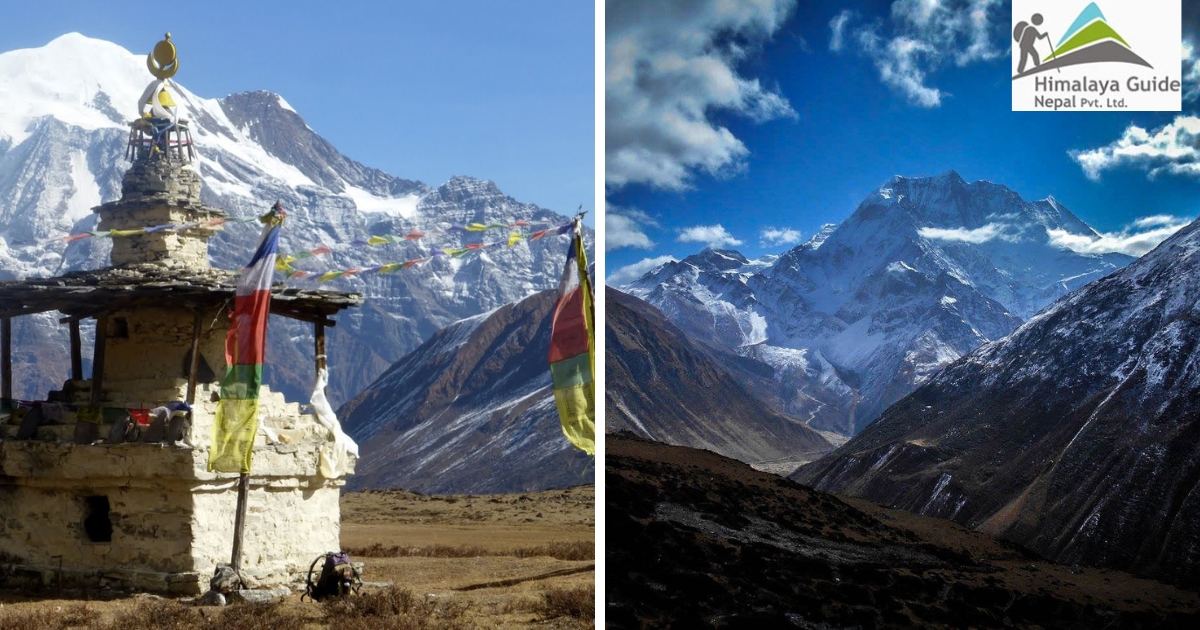
Trekkers expect a lot from the Manaslu Tsum Valley Trek, and it is essential to understand the main expectations before analyzing their reality.
Spectacular Scenery: The Manaslu Tsum Valley Trek promises stunning views of the mountains, including Manaslu, the 8th highest peak in the world. Before embarking on the Manaslu Tsum Valley Trek, you may have grand expectations of experiencing unforgettable beauty. The trek offers stunning views of mountains like Manaslu, Ganesh Himal, and Himal Chuli. You expect to see “wow” views at every turn during this trek.
Cultural Experience: Another expectation from this trek is its unique cultural exposure. You anticipate experiencing the unique culture of Nepal’s remote villages and their people. The Tsum Valley is home to several ancient monasteries, chortens, and prayer wheels that reflect the Buddhist heritage of this region. The trek offers the opportunity to stay in remote villages and interact with the locals to experience their lifestyles, traditions, and beliefs.
Off-the-Beaten-Path Trekking: The trek is known for its off-the-beaten-path and remote route that takes trekkers through less explored villages and landscapes. The Manaslu Region is relatively unknown and less crowded than other popular treks, and it offers a more intimate trekking experience than the more popular treks.
Wildlife Sightings: The trek promises sightings of rare Himalayan wildlife such as snow leopards, musk deer, and blue sheep. Manaslu conservation area is home to many endangered species in the world.
Mind-blowing Altitude: The Manaslu Tsum Valley Trek is known for its high altitude which promises a unique and challenging experience. Trekkers may have great expectations of altitude and its beauty. They might have heard about the mesmerizing landscapes. While some of these expectations hold true, there are aspects of the trek that may not be what travelers expect.
Reality of the Manaslu Tsum Valley Trek

Reality may not always live up to expectations, and the Manaslu Tsum Valley Trek is no exception. Let’s explore some of the realities of the trek that may differ from expectations.
Challenging Terrain: The trek is a challenging terrain that requires previous trekking experience and adequate physical preparation. The trail is rocky and steep, and trekkers may encounter uneven surfaces, narrow paths, and deep gorges. there is a considerable altitude gain throughout the trek, which leads to the possibility of altitude sickness. As such, one must be well-prepared both mentally and physically to tackle this formidable challenge.
Rural Lifestyle: Although the trek promises to give an authentic experience of the rural lifestyle in the Himalayas, it also means basic facilities and amenities. Some villages lack proper sanitation, electricity, or running water, which may be challenging for city dwellers.
Monotonous Scenery: The scenery along the trek can be monotonous, repetitive, and limited. Due to the remoteness and terrain, the trek does not offer a wide variety of landscapes or views. Trekkers may encounter similar scenery throughout the trek.
Rare Wildlife Sighting: While it is true that the Manaslu Tsum Valley Trek is home to rare wildlife, such sightings are not guaranteed. Snow leopards and musk deer, for instance, are elusive and rarely seen on the trek. Trekkers who expect abundant wildlife may be disappointed.
Altitude Sickness: Altitude sickness is a significant risk on the Manaslu Tsum Valley Trek, which can cause nausea, headaches, shortness of breath, and dizziness. The high altitude can be challenging, especially for trekkers who have not adequately acclimatized or have underestimated the altitude’s impact.
Tips to Manage Expectations
Managing expectations on the Manaslu Tsum Valley Trek is important to enjoy the trek more and avoid any pitfalls. Here are some tips to set realistic expectations:
Realistic Expectations: Research the trek before embarking on it and set realistic expectations based on the reality discussed above. Understand the trek routes and their offerings and make expectations on the basis of your research and study.
Proper Training: Train both physically and mentally to prepare for the trek’s challenging terrain and high altitude. This preparation is vital in both stamina and resistance to altitude sickness.
Appropriate Gear: Have appropriate gear, including durable hiking shoes, warm clothing, sleeping bags, and quality camping equipment that can withstand harsh weather.
Experienced Guide: Hire an experienced guide with good knowledge of the trek, especially in case of any occurrence of altitude sickness or any other unexpected events.
Tricks to Enhance Experience
Here are some tricks that can enhance the Manaslu Tsum Valley Trek experience:
- Be flexible: The trek may not go as planned; therefore, it is essential to be open to adjusting to changes in plans and embrace new experiences along the way.
- Interact with locals: Interact with the locals where possible to gain insight into their lifestyle, traditions, and beliefs. Develop understanding among locals that will be very helpful throughout the trek.
- Stay hydrated and nourished: It is important to maintain hydration levels and consume nourishing food to maintain energy levels during the trek.
Highlights of Manaslu Tsum Valley Trek
Tsum Valley: The Tsum Valley is the main highlight of this trek route, which is known for its unique culture and heritage. The valley was opened up for trekkers only in 2008, and it still retains its ancient and historical significance. The place offers a unique, peaceful experience with stunning landscapes and friendly locals.
Crossing Larke Pass: The crossing of the high-altitude Larke Pass is a challenging and thrilling adventure for trekkers, as it takes them through a steep ascent towards the pass, followed by a similarly steep descent down the other side. mountains and glaciers can be easily visible while crossing the pass.
Magnificent Mountain Views: Manaslu Tsum Valley Trek offers an opportunity to witness some of the most magnificent mountain vistas, including Mount Manaslu, Ganesh Himal, and Himalchuli, among others. The panoramic views of these snow-capped peaks are sure to take your breath away.
Ethnic Culture and Tradition: One of the key highlights of this trek is its exposure to the unique and preserved ethnic culture and tradition of the local people of the region. The trek takes you through several ethnic villages and introduces you to their traditional lifestyle, cuisine, and architecture.
Wildlife Sightings: Manaslu Tsum Valley Trek is also famous for its wildlife sightings, as it takes you through the dense forests and river banks, where you can spot exotic bird species, snow leopards, Himalayan Tahrs, and other rare animals.
Best Time to Trek Manaslu Tsum Valley
The Manaslu Tsum Valley trek is more effective and enjoyable during spring (March to May) and autumn (September to November). We can have clear and cool weather during these months. The monsoon season (June to August) should be avoided as the trail can be very slippery and muddy.
Conclusion
The Manaslu Tsum Valley Trek offers an incredible opportunity to explore the remote villages and diverse landscapes of the Himalayas. While it is essential to manage expectations, the realities should not necessarily detract from the trek’s adventure and beauty. By following the tips provided, trekkers can ensure a positive experience while protecting themselves from any pitfalls.


